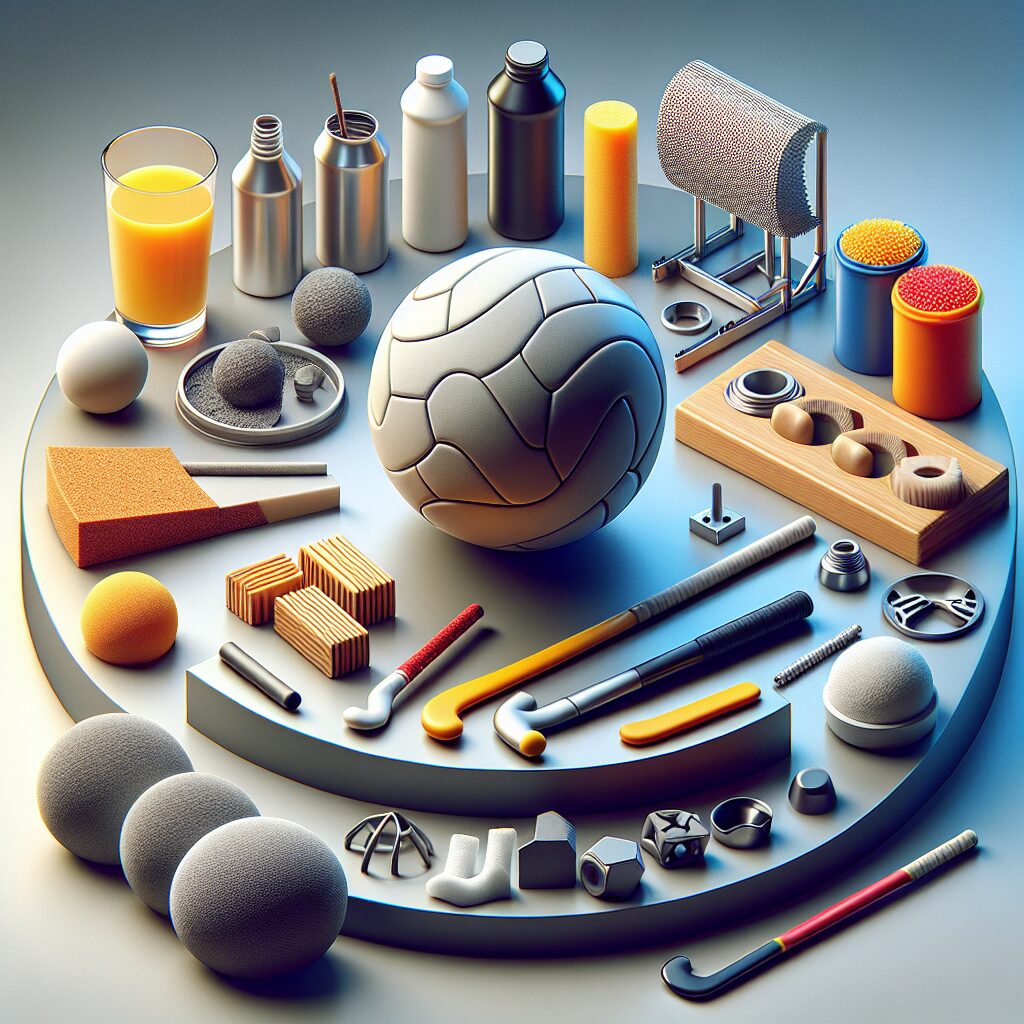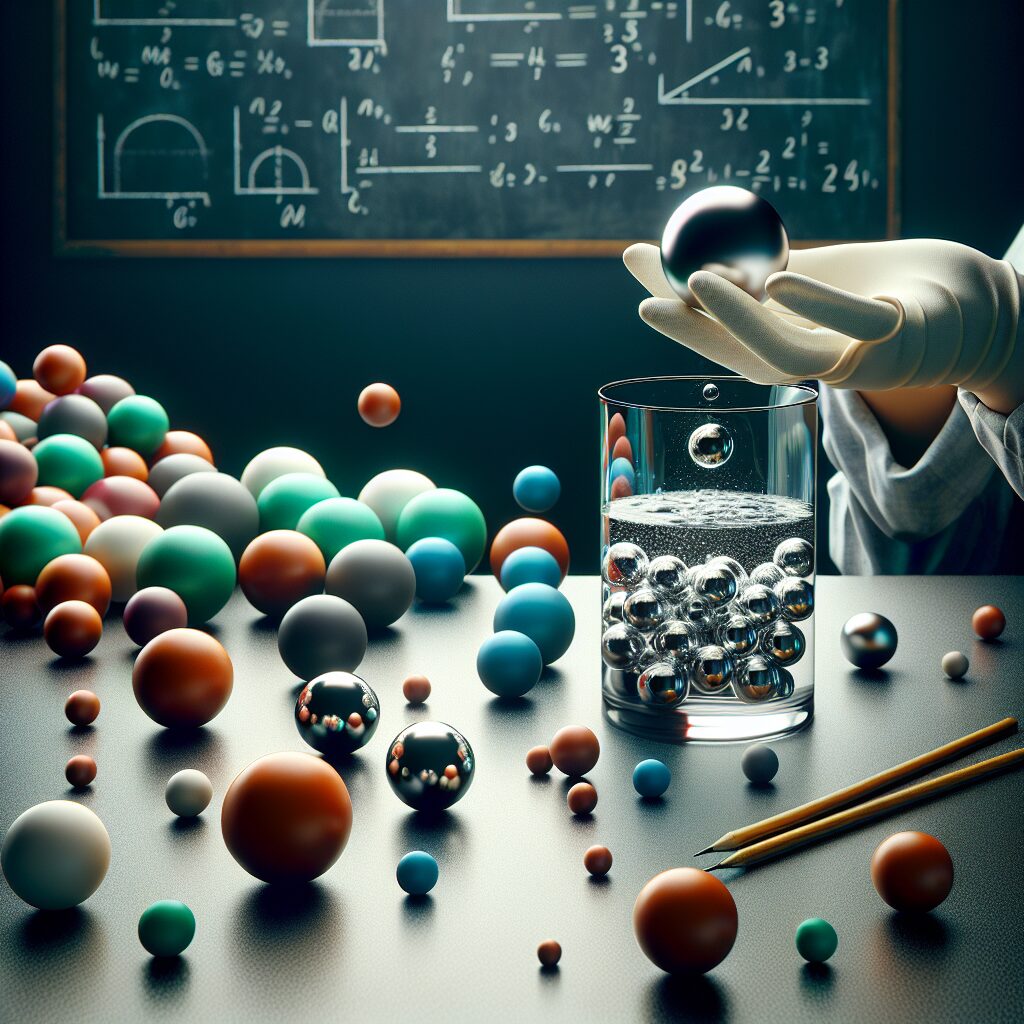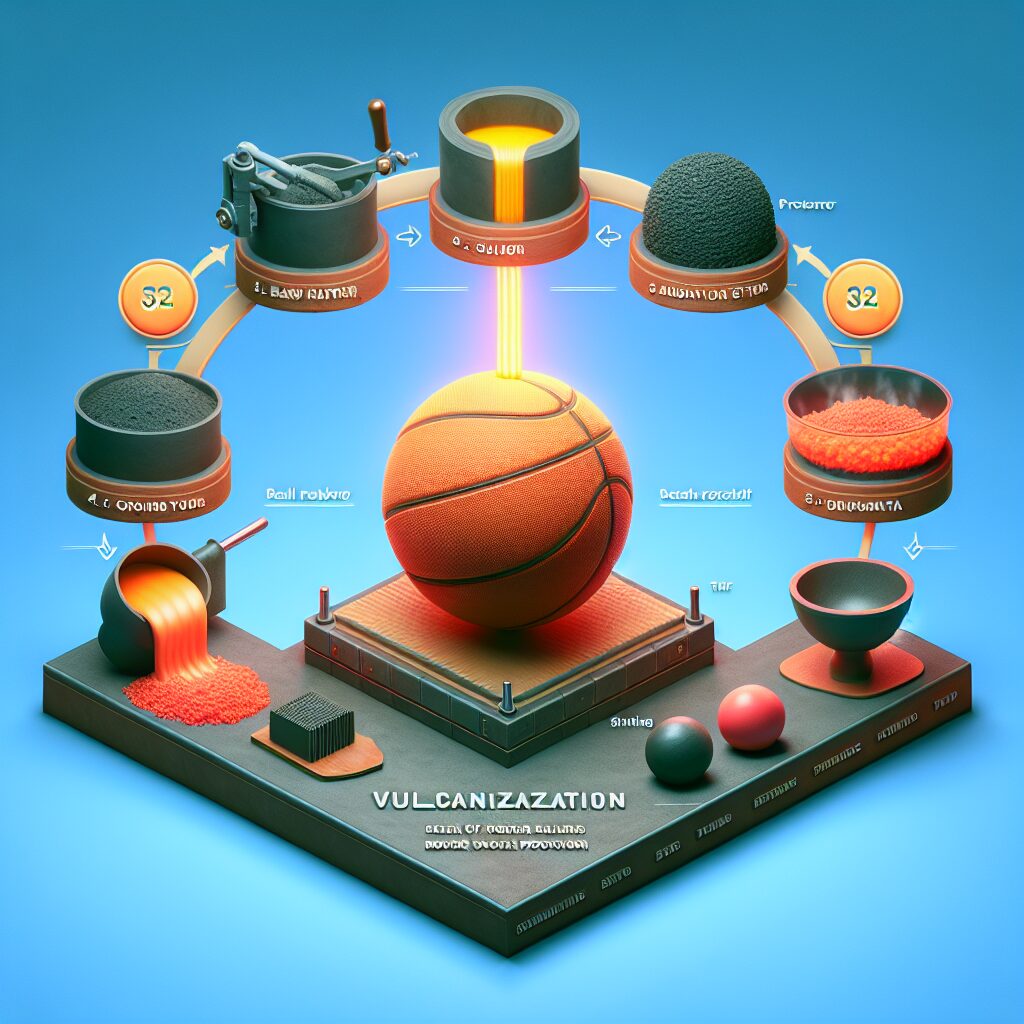Field Hockey Ball Materials: A Comprehensive Guide
Field hockey is a fast-paced and dynamic sport that requires skill, precision, and the right equipment. One crucial component of the game is the ball used, which greatly affects the players’ performance and the overall gameplay. Understanding the different materials used in field hockey balls is essential for both players and enthusiasts.
To begin, field hockey balls are typically made from various materials, each offering distinct characteristics. The most common material used is high-density polyethylene (HDPE), which provides durability, longevity, and consistent performance on different playing surfaces. Another material used is PVC, known for its affordability and suitability for training sessions. However, PVC balls may have slight variations in weight and rebound, making them less ideal for competitive play.
Moving on to the next part of this guide, we will delve into the key takeaways of field hockey ball materials. We will explore the impact of ball materials on player control and dribbling, the importance of ball hardness on game speed, and the role of ball weight in enhancing skills and performance. By understanding these factors, players can make informed decisions on the right ball to use for their game, ensuring an optimal playing experience. So, let us dive into the world of field hockey ball materials and discover how they shape the sport we love.
Key Takeaways
1. Different field hockey ball materials have distinct characteristics that impact the gameplay, including durability, bounce, and speed.
2. Traditional leather balls are known for their superior grip and control, but they may wear out quickly and become waterlogged.
3. Composite materials, such as polyurethane and PVC, offer increased durability and water-resistance, making them suitable for all weather conditions.
4. Recently, manufacturers have introduced dimpled balls made from thermoplastic elastomer (TPE), which reduce air resistance and enhance ball speed.
5. The choice of field hockey ball material ultimately depends on factors such as playing conditions, player preferences, and the level of competition. It is essential for players to experiment with different materials to find the one that suits their style of play.
Field Hockey Ball Materials: What are the Best Options for Field Hockey Ball Materials?
Materials Used for Field Hockey Balls
Field hockey balls come in a variety of materials, each offering unique characteristics and performance. In this comprehensive guide, we will explore the different materials used for field hockey balls and their benefits.
1. Cork
Cork is a traditional material used for field hockey balls. It offers great control and responsiveness, allowing players to have a better feel for the ball. Cork balls are durable and can withstand intense play without losing their shape.
2. Composite Materials
Composite materials, such as reinforced plastic or composite leather, are becoming increasingly popular for field hockey balls. These materials provide excellent durability and can withstand rough playing surfaces. Composite balls are also water-resistant, making them suitable for wet or damp conditions.
3. Polyethylene
Polyethylene is a commonly used material for field hockey balls. It offers a balanced combination of durability, weight, and playability. Polyethylene balls have a soft touch and are suitable for players of all levels.
4. PVC
PVC (polyvinyl chloride) balls are widely used in field hockey. They are durable, affordable, and offer consistent playing characteristics. PVC balls are known for their resilience and ability to maintain shape, even after repeated use.
5. Hybrid Materials
Some field hockey balls combine different materials to create a hybrid ball. These balls aim to provide the best qualities of multiple materials, such as the durability of PVC and the touch of polyethylene. Hybrid balls are designed to meet the specific preferences of players.
6. Safety Considerations
When choosing a field hockey ball material, safety should be a priority. Balls made of harder materials, like composite and PVC, may cause more impact-related injuries if not used correctly. It’s essential to consider the level of play, player age, and skill level when selecting a material.
7. Size and Weight Regulations
Field hockey balls come in various sizes and weights, depending on the level of play. The International Hockey Federation (FIH) has specific regulations regarding ball size and weight for different categories. It’s important to familiarize yourself with these regulations to ensure you are using the correct ball.
8. Tips for Choosing the Right Field Hockey Ball
- Consider the playing surface – Some materials may perform better on certain surfaces. Synthetic turf and grass fields may require different ball characteristics.
- Consult with experienced players or coaches – Seek recommendations from those with expertise in the sport. They can provide valuable insights on the best ball material for your playing style and needs.
- Test different materials – Try out different materials to determine which one feels most comfortable for you. Experimenting with various options will help you find the perfect fit.
- Consider playing conditions – If you frequently play in wet or damp conditions, opt for a water-resistant material like composite.
- Safety first – Always prioritize safety when selecting a field hockey ball. Choose a material that aligns with your skill level and the level of play.
FAQs
1. What materials are commonly used to make field hockey balls?
Field hockey balls are primarily made from two materials: PVC (Polyvinyl chloride) and composite materials like polyurethane. PVC balls are commonly used for training purposes and are more affordable, while composite balls are preferred for competitive play due to their superior durability and responsiveness.
2. Are there any regulations regarding the materials used to manufacture field hockey balls?
Yes, there are. The International Hockey Federation (FIH) has set regulations that specify the size, weight, and materials used in field hockey balls. These regulations ensure fair play and standardized performance across all levels of the sport.
3. Are PVC field hockey balls suitable for competitive play?
While PVC balls are suitable for training and recreational play, they are not recommended for competitive matches as they may lack the necessary hardness and responsiveness required for optimum performance and accuracy.
4. How do composite field hockey balls differ from PVC balls?
Composite field hockey balls are made from a blend of materials, often including polyurethane, which gives them better durability, responsiveness, and shock-absorbing qualities. They are generally more expensive but offer enhanced performance and longevity compared to PVC balls.
5. Can field hockey balls made from different materials impact the game?
Yes, the material used in the manufacturing of the field hockey ball can have a significant impact on the game. Balls made from composite materials are often faster, have better grip on the pitch, and provide more accurate rebounds. Therefore, choosing the right material can greatly affect the overall gameplay.
6. Are there any particular considerations when selecting a field hockey ball material?
A few considerations when selecting a field hockey ball material are the playing surface, level of play, and personal preferences. For instance, on artificial turfs, composite balls may provide better performance, while PVC balls might be suitable for recreational play on grass fields.
7. How long do field hockey balls typically last?
The lifespan of a field hockey ball depends on factors such as the frequency of use, playing conditions, and quality of the ball. Generally, a field hockey ball can last anywhere from a few months to a year of regular play. However, it’s recommended to replace balls regularly to maintain optimum performance and safety.
8. Can field hockey balls be used interchangeably between indoor and outdoor play?
While it is possible to use the same ball for both indoor and outdoor play, it is not recommended. Indoor field hockey balls are typically lighter and have a more controlled bounce, whereas outdoor balls are designed for different playing conditions and require better durability to withstand abrasive surfaces.
9. Do field hockey balls require any special care or maintenance?
Field hockey balls do not require extensive maintenance. However, regularly cleaning the ball with mild soap and water, and storing it in a cool and dry place can help prolong its lifespan. Avoid exposing the ball to extreme temperatures or direct sunlight for prolonged periods.
10. Can playing with different ball materials affect player performance?
Yes, playing with different ball materials can affect player performance. Field hockey balls with better grip and responsiveness can offer players better control and accuracy, leading to improved performance. However, it ultimately depends on the player’s skill level, adaptability, and experience in using different ball materials.
Final Thoughts
Understanding the different field hockey ball materials is crucial for players, coaches, and enthusiasts to make informed decisions when selecting the right ball for their needs. The choice of material can impact the quality of play, accuracy of shots, and overall performance on the field. Consider factors such as playing surface, level of play, and personal preferences to ensure an optimal playing experience.
Furthermore, investing in high-quality field hockey balls made from durable materials can significantly enhance longevity, reduce the risk of injuries, and improve game performance. Regularly replacing worn-out or damaged balls is necessary for maintaining fairness and safety in both training and competitive matches. So, make sure to choose wisely and take proper care of your field hockey balls for a better playing experience.




